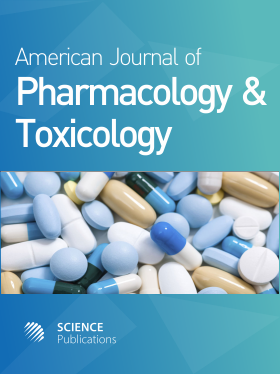Hepatic and Renal Histological Alterations Induced by Topical Hydroquinone Administration
- 1 Al-Jouf University, Saudi Arabia
- 2 Inje University, Korea
Abstract
Problem statement: Although the regulatory agencies of the United States and Europe banned hydroquinone in cosmetics skin lightening but it is still used in most of Middle East countries, including Saudi Arabia. Few studies were carried out on the histological alterations of hydroquinone on kidney and liver. Approach: The present study was carried out to investigate the histological alterations in liver and kidney caused by hydroquinone topical administration. Results: The induced histological alterations in the liver were mainly hydropic degeneration, bile duct hyperplasia and glycogen depletion. The kidney of treated rabbits showed hydropic degeneration, hyaline casts, congestion, perivascular edema and fibrosis together with lymphocytic aggregation. The skin showed hyperkeratosis, lymphocytic and eosinophilic infiltration together with congestion of dermal blood vessels. Conclusion: Taken together, the histological findings of this study indicate that chronic exposure to hydroquinone produce significant histological alterations that might affect the liver and kidney.
DOI: https://doi.org/10.3844/ajptsp.2012.19.26

- 5,827 Views
- 6,495 Downloads
- 2 Citations
Download
Keywords
- Hydroquinone
- eldoquin
- histological alterations
- topical administration
- hepatic adenoma
